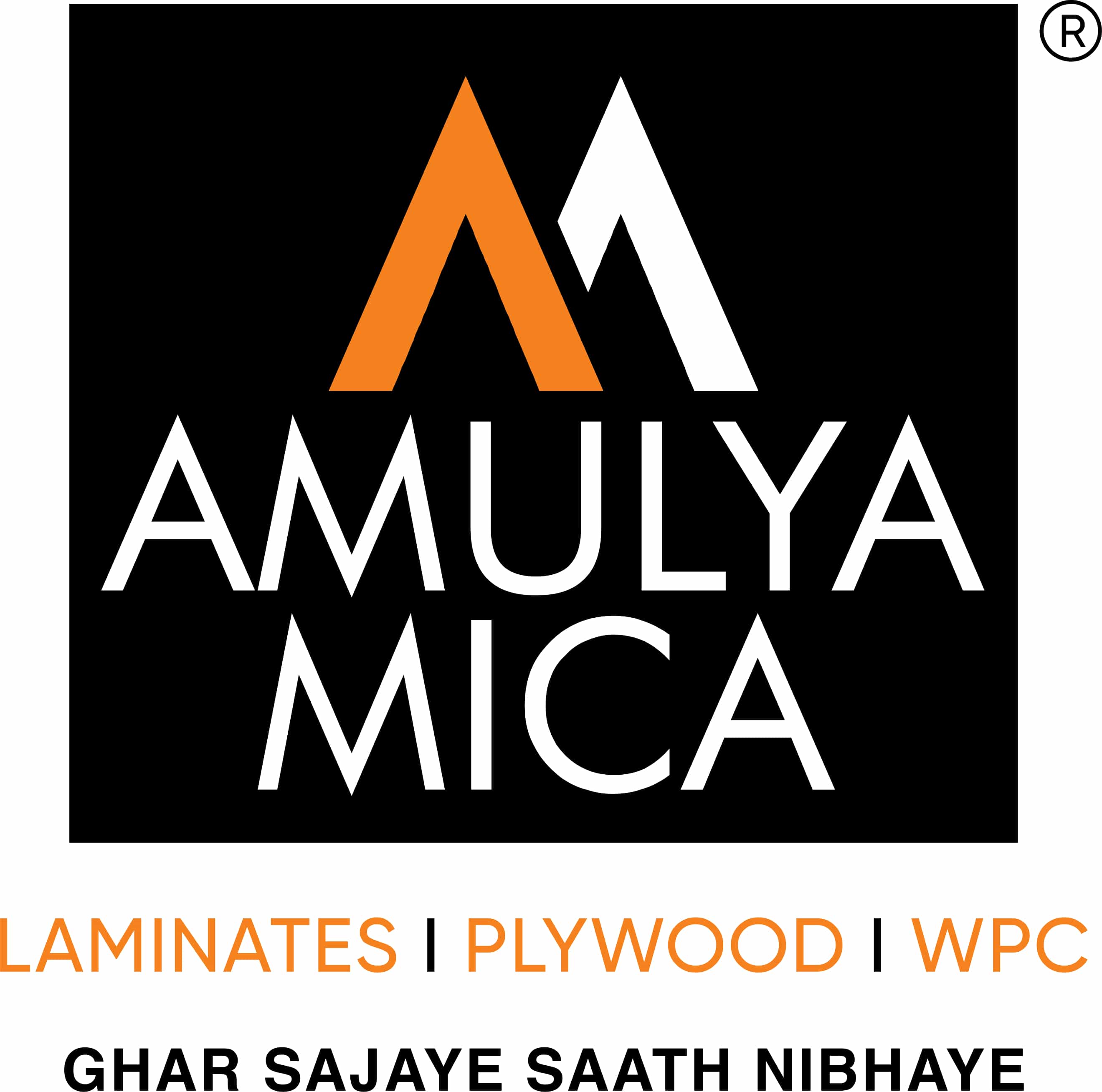If it is your modular kitchen cabinets or closets, the look and sound of your home interiors can be turned around for the better by a decent finish. While many finishes are ranging from the membrane to polymer on the market, the common option swings between sheets of acrylic versus PVC laminates. If it is unclear which of these two sheets of laminate will suit your needs, we have put together a comparative checklist for you here.
Acrylic is similar to lacquer, made from a polymer material. A durable alternative, it leaves the surface with a reflective and glossy shine that lasts for years. It comes in a variety of bright colors that improve your interior aesthetics, with a common option being glossy red.
PVC laminates are multi-layered, pre-processed, polyvinyl chloride-based laminate sheets created by pressing together a paper with acrylic resins. PVC laminates are available in matt or gloss finishes and are thin and can be twisted without cracking.
Pluses and Minuses in laminates of acrylic and PVC
- Cost
Although acrylic provides a high end look, the more economical alternative is PVC laminates. With the bonus of better longevity, they come in a range of colors and textures. If budget is not a problem for you, however, nothing speaks like acrylic in class.
- Variety
Several textures such as matte, textured, metal, shiny, and ultra-gloss come from PVC laminates. In color and pattern, they are flexible.
Acrylic is also sold in a wide range of colors that have for years maintained their luster. Be sure, though that you know where to find the proper alternative since you cannot always find the same color on the market.
- Durability
PVC laminates are lightweight sheets of laminate which can be bent up to 90 degrees along the edges, thus reducing the need for edge bands. For nuanced spaces like designs of ridges, they are appropriate. They are resistant to rust, termites, fire, and water, making them suitable for kitchen cabinets and counters. Although abrasive cleaners can leave scratches on the surface of PVC laminates, compared to acrylic, they are more robust.
Also, acrylic is resistant to moisture and UV. It is very easy to clean and maintain, while bruises, dirt, or other wear and tear appear quickly on its glossy surface.
- Best of Both
Using a mix of both acrylic and PVC laminate sheets for the kitchen interiors is a common design technique. For the lower half of a modular kitchen that sees daily handling, PVC laminates are more fitting, while acrylic is suitable for the upper cabinets. This raises the look of the kitchen while dramatically reducing the costs. For office cabinets, PVC is still commonly used.

